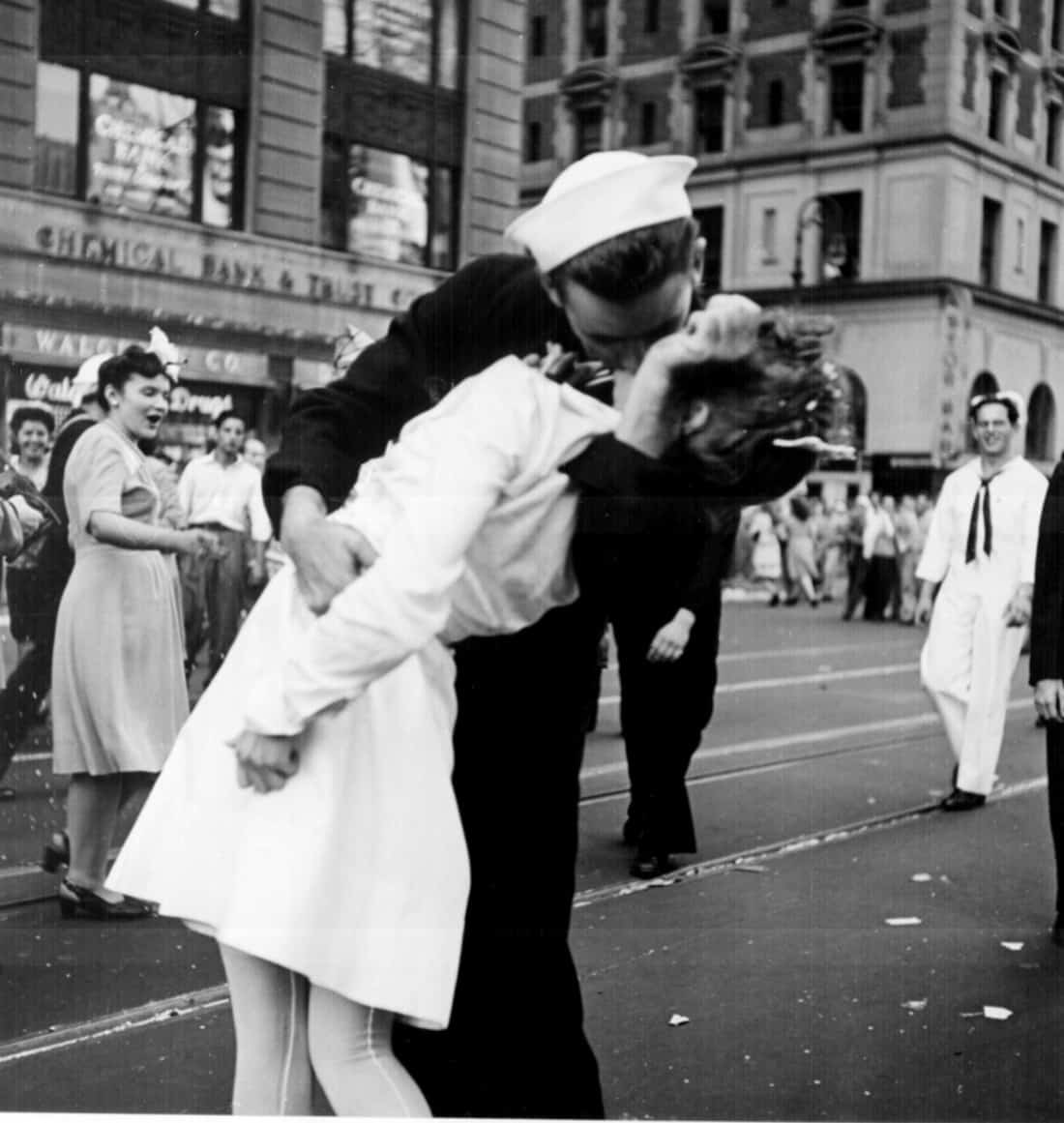Not known Facts About Framing Streets
Not known Facts About Framing Streets
Blog Article
Unknown Facts About Framing Streets
Table of ContentsUnknown Facts About Framing StreetsHow Framing Streets can Save You Time, Stress, and Money.The 45-Second Trick For Framing StreetsMore About Framing StreetsThe 6-Second Trick For Framing StreetsIndicators on Framing Streets You Need To Know
, generally with the goal of capturing pictures at a definitive or poignant minute by mindful framework and timing. https://framing-streets.creator-spring.com/.
About Framing Streets
Susan Sontag, 1977 Road photography can concentrate on people and their behavior in public. In this respect, the road photographer resembles social documentary photographers or photojournalists who additionally operate in public areas, however with the goal of catching newsworthy occasions. Any of these professional photographers' photos may capture individuals and residential property visible within or from public locations, which typically involves browsing moral problems and laws of personal privacy, safety and security, and building.
Depictions of everyday public life create a style in virtually every duration of globe art, starting in the pre-historic, Sumerian, Egyptian and early Buddhist art periods. Art dealing with the life of the street, whether within views of cityscapes, or as the dominant theme, appears in the West in the canon of the Northern Renaissance, Baroque, Rococo, of Romanticism, Realistic look, Impressionism and Post-Impressionism.
Some Of Framing Streets
Louis Daguerre: "Blvd du Holy place" (1838 or 1839) In 1838 or 1839 the very first picture of figures in the road was taped by Louis-Jacques-Mand Daguerre in one of a pair of daguerreotype sights extracted from his workshop home window of the Blvd du Temple in Paris. The second, made at the height of the day, reveals an unpopulated stretch of road, while the various other was taken at regarding 8:00 am, and as Beaumont Newhall records, "The Blvd, so frequently filled with a moving crowd of pedestrians and carriages was perfectly solitary, other than a person that was having his boots cleaned.
, that was influenced to take on a similar paperwork of New York City. As the city established, Atget aided to promote Parisian streets as a worthwhile topic for digital photography.

Facts About Framing Streets Uncovered
The principal Mass-Observationists were anthropologist Tom Harrisson in Bolton and poet Charles Madge in London, and their initial report was produced as the book "May the Twelfth: Mass-Observation Day-Surveys 1937 by over two hundred onlookers" [] Window cleaner at Kottbusser Tor, Berlin, by Elsa Thiemann c. 1946 The post-war French Humanist College professional photographers found their subjects on the street or in the diner. Between 1946 and 1957 Le Groupe des XV yearly showed work of this kind. Andre Kertesz. Circus, Budapest, 19 May 1920 Road digital photography developed the significant content of 2 events at the Museum of Modern Art (Mo, MA) in New york city curated by Edward Steichen, 5 French Digital Photographers: Brassai; Cartier-Bresson, Doisneau, Ronis, Izis in 1951 to 1952, and Post-war European Digital Photography in 1953, which exported the principle of road digital photography globally.

Examine This Report about Framing Streets
, then an educator of young kids, linked with Evans in 193839.'s 1958 book,, was considerable; raw and often out of focus, Frank's photos examined traditional photography of the time, "challenged all the formal policies laid down by Henri Cartier-Bresson and Walker Evans" and "flew in the face of the wholesome pictorialism and wholehearted photojournalism of American publications like LIFE and Time".
Report this page